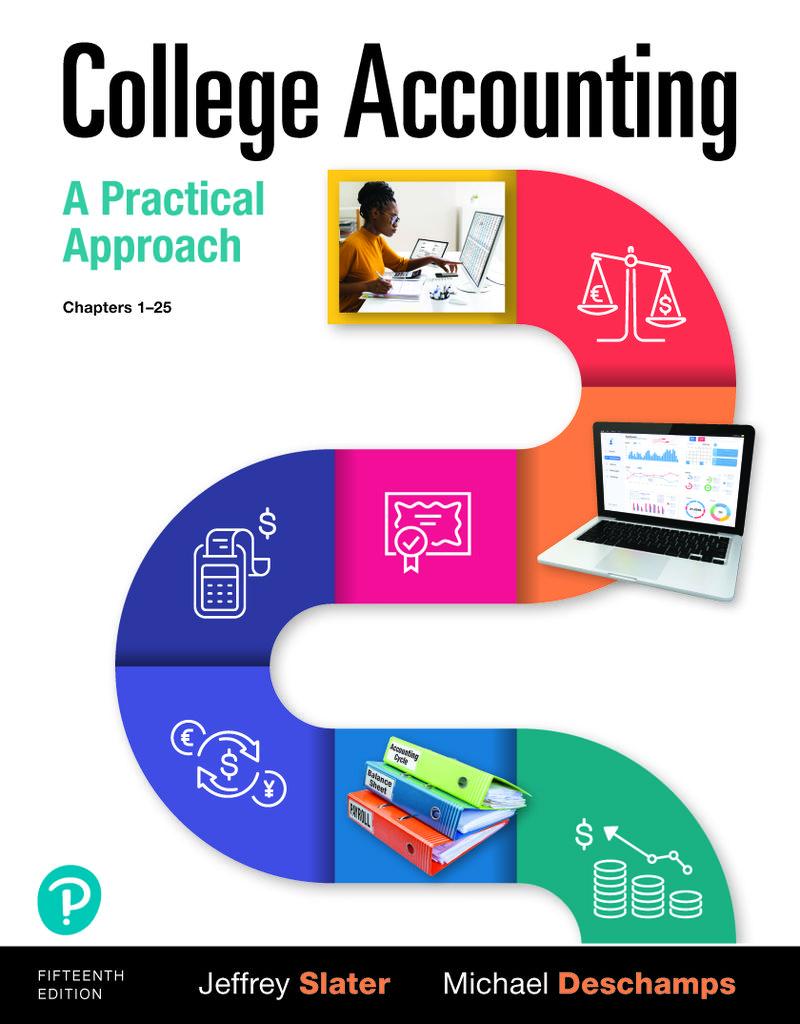Question
1. Select a sample of outstanding accounts receivable balance at the period end. Inspect subsequent cash receipts to determine if receivable has been collected. 2.
1. Select a sample of outstanding accounts receivable balance at the period end. Inspect subsequent cash receipts to determine if receivable has been collected.
2. Physically inspect the assets to determine if they are on-site.
3.Vouch payroll expenses per the general ledger to supporting payroll documentation including timesheets and supporting calculations.
4.Send positive accounts receivable confirmations to customers asking them to confirm the amount owed to the client.
5. Vouch a sample of balances per the accounts payable subledger to supporting invoices, supplier statements with reconciliations, and subsequent payments.
6. Select a sample of recorded sales transactions from several days before and after period end and vouch these transactions to their supporting sales invoices and shipping documents to determine whether the sales were recorded in the correct period.
7. Discuss with management the policy on consigned goods.
8. Review the general ledger details for the repairs and maintenance expenses to ensure that costs with future benefit were not expensed.
9. Examine subsequent payments made between the end of the reporting period and the end of fieldwork and, when the documentation indicates that the payment was for an obligation outstanding at the end of the reporting period, trace to the accounts payable subledger.
10. Review the automobile expense general ledger detail to ensure that the account does not include repairs and maintenance expenses that are not related to automobiles.
Step by Step Solution
There are 3 Steps involved in it
Step: 1

Get Instant Access to Expert-Tailored Solutions
See step-by-step solutions with expert insights and AI powered tools for academic success
Step: 2

Step: 3

Ace Your Homework with AI
Get the answers you need in no time with our AI-driven, step-by-step assistance
Get Started


